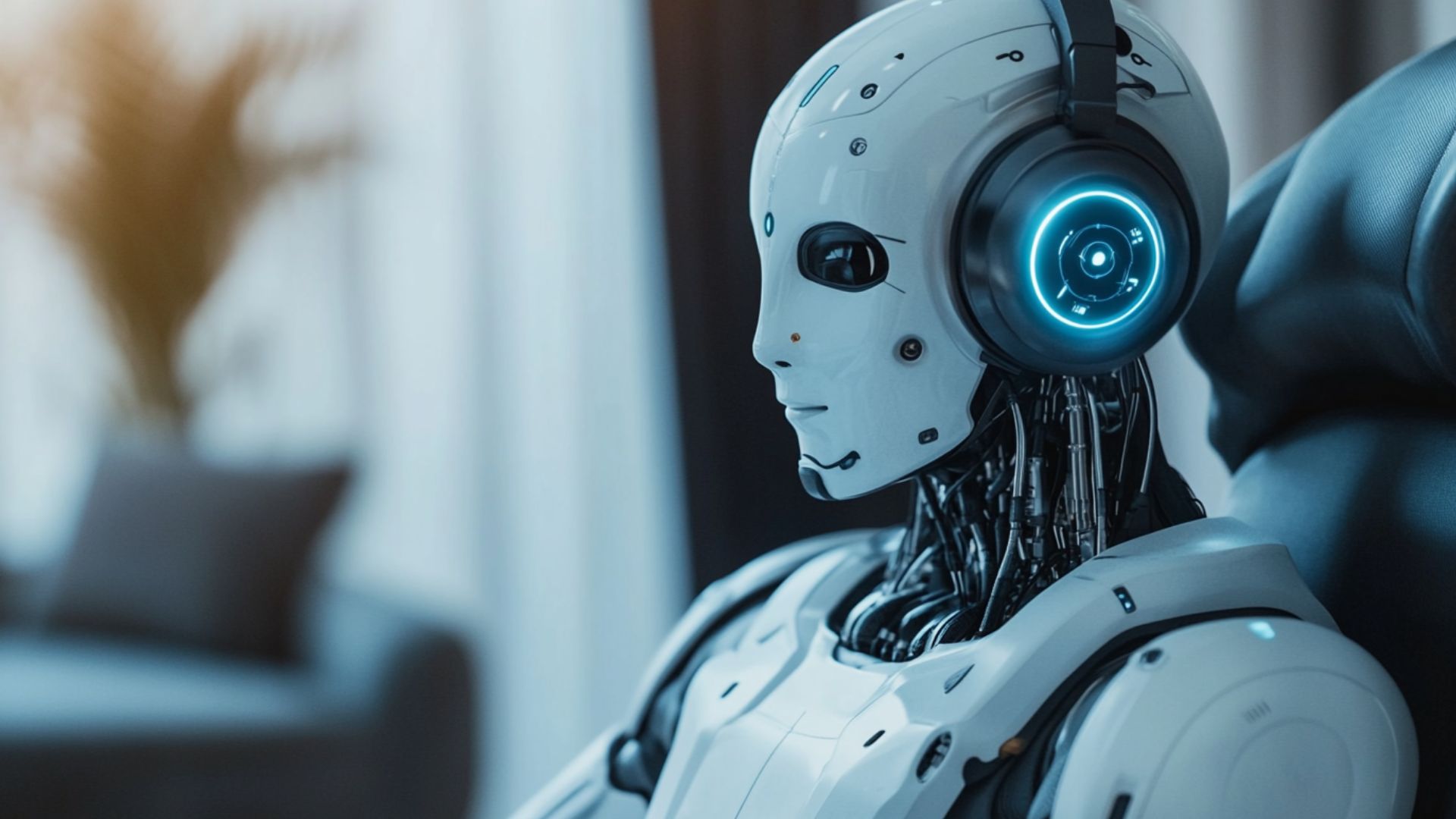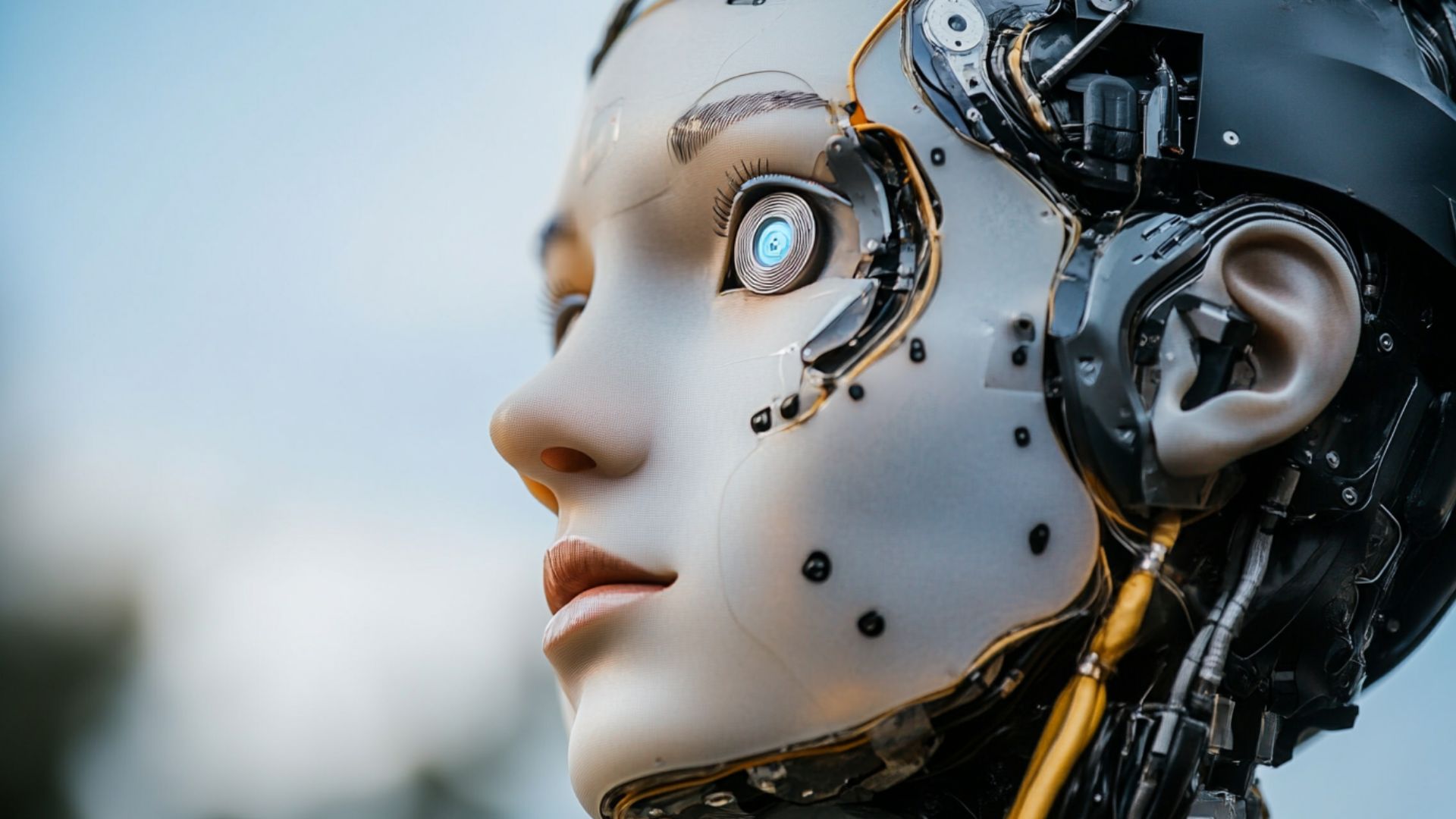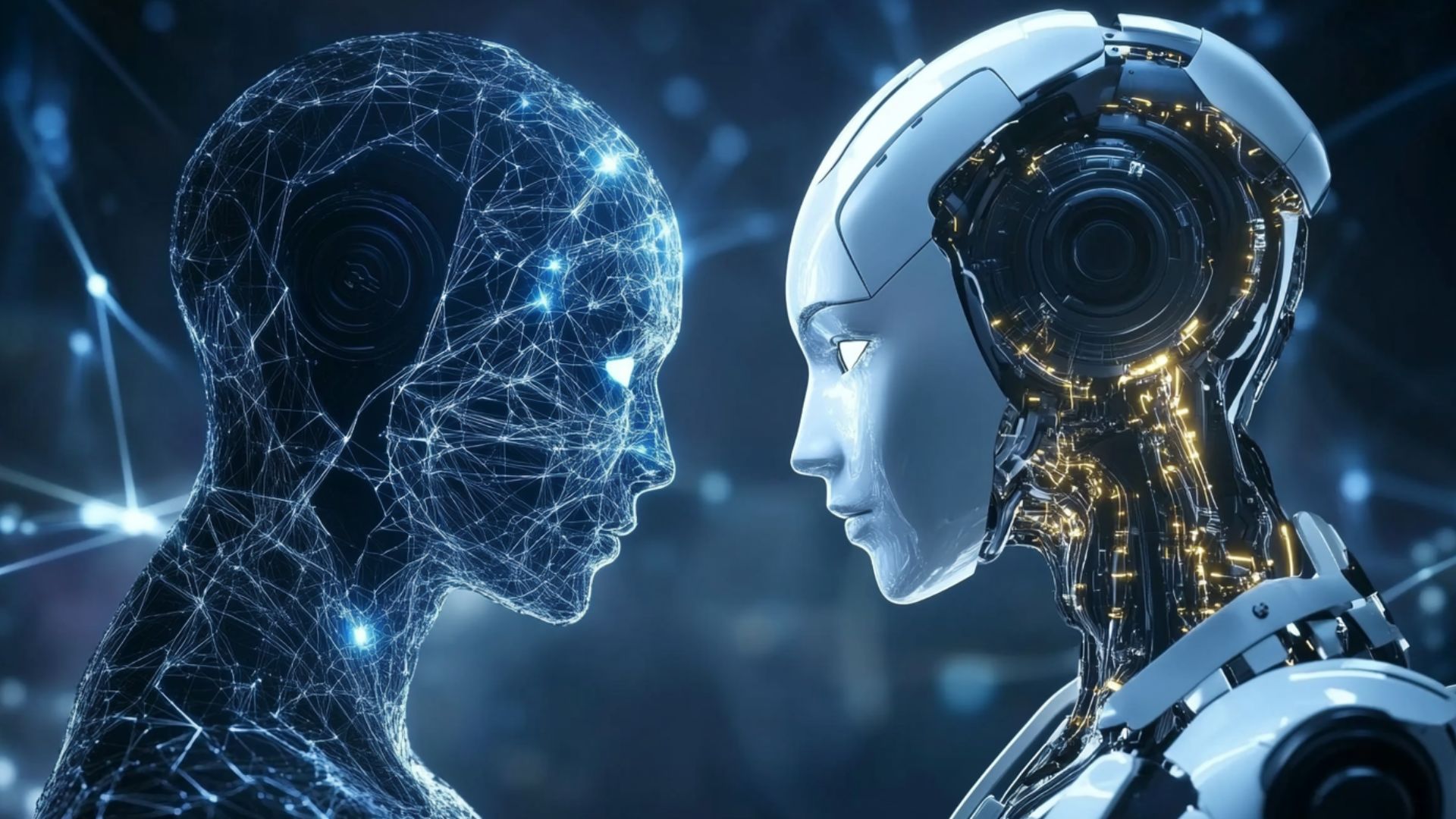AI in Social Robotics: Improving Human-Robot Interactions

In today's exciting world, technology and humanity are converging. And here comes a revolutionary synergy - AI in social robotics. Imagine a world where robots don't just perform tasks. They understand our emotions and respond to them. They create a harmonious dance of machine and heart.
This text delves into the exciting fields of robotics and cognitive automation. We explore how artificial intelligence has breathed life into social robotics. It has turned them into companions and helpers.
Imagine a robot recognizing when you are happy, sad, or need help. It reaches out to you with empathy. As we embark on this journey, we reveal the ins and outs of AI-powered robotics. Will we shed light on the fantastic opportunities and challenges that lie ahead? Join us to follow the developments! It is where technology becomes a companion, ushering in a new era of communication.
Understanding AI in Social Robotics
AI in social robotics is like giving robots a brain. That is, it is as if computers now understand people and can interact with them. For example, imagine a robot in front of you that can read human emotions and behaviors. That is the magic of AI!
Think of AI as the robot's smart thinking tool. With unique algorithms, robots can learn from humans and better understand emotions. It's like teaching a robot to recognize happy faces, sad faces, or even when someone makes a surprise. Social robots market let’s you use technology anywhere:
- medicine
- finance
- customer service
- economic sphere
- and many other things
But how does technology improve interaction, like customer service? As we said, it's all about algorithms. These algorithms work by analyzing patterns. If a person smiles, the robot AI realizes that it means happiness. If a person looks down, the AI realizes that could mean sadness. It is similar to teaching a robot the language of emotions. However, similar work is possible with computer algorithms. That is, the system recognizes words that can signify certain emotions. It can track whether a person is happy or unhappy.
So when you see a robot reacting to your feelings, it's not magic. It's AI making social robot software socially intelligent! This AI-assisted understanding helps robots to be great companions and helpers in our world.
AI-Powered Human-Robot Interaction
Entering the realm of human-robot interaction through AI opens up a tapestry of technological wonders. And it elevates our connection with machines. Imagine a robot that not only hears words but understands their nuances. This intelligent automation of a social robot that is used in different fields, such as healthcare, support, and so on. This magic is possible because of three enchantments:
| Natural language processing | It's like language lessons for a robot, teaching it to understand and respond subtly to our words. |
| Computer vision | It acts as the robot's eyes, allowing it to see and interpret our gestures and surroundings. |
| Emotion recognition | It is the robot's emotional intelligence. It allows us to sense our feelings and respond to them with empathy. |
Collectively, these AI capabilities make robots more than mere assistants. They are interactive companions that bridge the gap between us and silicon minds.
Social Robots in Healthcare and Assistance

The dive into social robots in healthcare is breaking new ground. And, if you think about it, machines play a key role as companions. They are the modern-day therapists and caregivers. Imagine a robot by your side. It's not just a methane or a chip; it can offer comfort, assistance, and companionship.
This kind of automation in the healthcare industry has revolutionized the modern world. Companion robots are like fun buddies keeping patients company. They brighten their days. Therapy robots bring a new dimension to the treatment process. They offer a multitude of use cases:
- Support in overcoming difficulties (physical and emotional)
- Patient care
- Solving certain problems
- And more
In this case, collaborative work is happening. AI-based healthcare social robots lend a helping hand. They improve well-being through a personalized approach. The benefits are huge:
- Improved mental health
- Reduced feelings of loneliness
- Sense of constant support
In this dance between technology and humanity, automation is happening in the healthcare industry. But it demonstrates the transformative power of artificial intelligence. It helps to ensure well-being and provide compassionate care.
AI in Education and Tutoring Robots
Artificial intelligence is changing the landscape at the frontier of education, too. And it's all thanks to the advent of social robots tutors in education. These technological marvels are educational companions that rehabilitate the learning process. It's a robot that tailors lessons specifically for you. It adapts the program to your pace and understanding. But the most crucial essence lies in personalized learning.
The magic of robotics and cognitive automation unfolds in personalized learning. That is, the robot understands your strengths and weaknesses. It determines your progress and ensures that the learning process fits. Tutoring robots become guides in the educational maze. They offer assistance that evolves with you.
Social robots in education are not just a tool in this harmonious dance of technology and education. They are responsive partners, ushering in a new era of personalized learning. They make education more engaging, effective, and responsive to individual needs.
AI-Enhanced Customer Service Robots
As you dive into customer service, you want to know how technology improves interaction. AI is becoming the silent hero, transforming how we interact with robots. Imagine walking into an online store. Friendly faces do not just greet you; they're chatbots ready to help. Chatbots are like digital masters of the conversational genre:
- They engage in close dialog
- They answer questions
- They provide information promptly
Interactive kiosks become your guides. Social robots market helps you quickly navigate products and services. In retail, service robots don't just put products on shelves. They guide you to what you want, offering a seamless blend of technology and hospitality.
The beauty is in how technology improves customer service and experience. This technological evolution heralds a new era. Then, AI will drive helpful, efficient, and personalized assistance. It will allow us to redefine how we interact with robots.
Robots for Social Engagement and Companionship
Robots are even becoming companions! They fulfill the need for social interaction and relieve loneliness. Imagine a humanoid or domestic robot by your side. It will provide you with companionship and emotional support.
Such intelligent automation is not just a gadget and algorithm, as in finance. It is a real friend. Thanks to artificial intelligence, social robotics learn and research to understand our feelings. They respond by providing a comfortable presence. Do you struggle with social isolation and loneliness? These robots become beacons of communication. They create connections that bridge the gap between technology and emotion.
In this technological dance, AI becomes a powerful ally. Through the lens of social engagement, these robots demonstrate the impact of AI. They are redefining the landscape of human-robot relationships.
Challenges and Considerations in AI-Powered Social Robotics
Moving into the field of social robotics, we face challenges and ethical considerations. These are of critical importance. We invite you to consider a few of the most common concerns:
- Privacy. Social robot software often deals with personal information. Finding a balance between utility and privacy protection is vital. It will help ensure trust in human-robot interactions.
- Ethical considerations. Ethical principles should be built into AI algorithms. It can help prevent unintended consequences.
- Social manipulation. Such issues raise ethical questions. It requires careful thought and consideration. That way, you can avoid exploiting the emotions of users.
Whether it is healthcare, finance, or other, it is absolutely irrelevant in which industry social robot automation occurs. It is essential to use best practices for a responsible approach. We recommend implementing clear AI algorithms and prioritizing users.
The Future of AI in Social Robotics

The journey to the future of AI in social robotics opens the door to a bigger world. Robots will become not just helpers but empathetic companions. Imagine robots with advanced emotional intelligence. They will understand our feelings with even greater accuracy. As technology advances, the landscape of social robotics will evolve. The social robotics researches promise more nuanced and emotionally attuned robot interactions.
In this new chapter, robotics and cognitive automation act as guiding forces. It extends social robots to new heights of understanding and responsiveness.
The potential opportunities are enormous. Robots continue to learn and adapt. It increases the depth and authenticity of their interactions with humans. The future promises to be more meaningful. Social robots will fit seamlessly into our lives. It will expand the horizons of what is possible in the delicate dance between humans and machines.
Conclusion
We see the future in the ever-evolving world of AI in social robotics. And machines will become empathic companions. With advanced emotional intelligence, these social robotics can change human-robot interactions. It will offer more meaningful connections.
However, the path of intelligent automation in finance, medicine, and the like must be carefully considered. The path ahead promises a harmonious integration of technology and humanity. AI-based social robots will improve our lives. It is a dance between schemes and emotions. It paves the way to a future where robots do more than help. They will truly understand and enrich our human experience.


